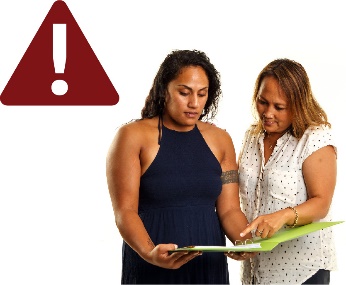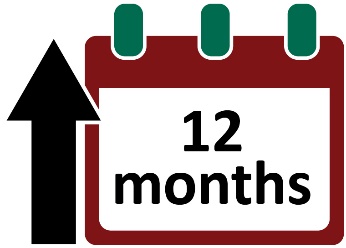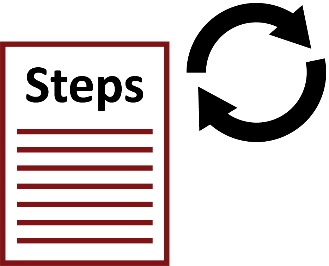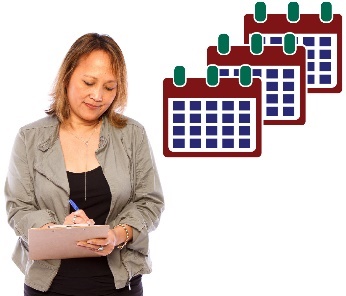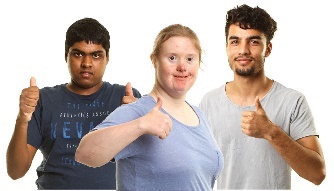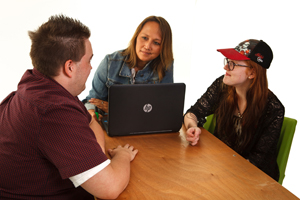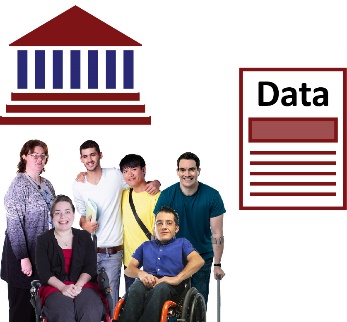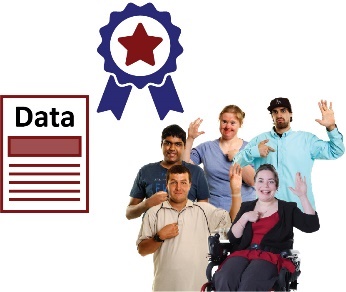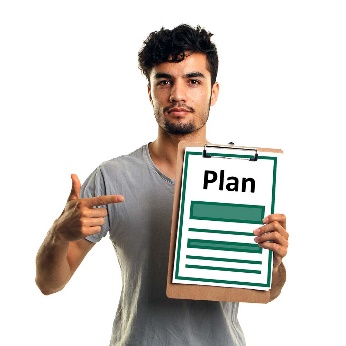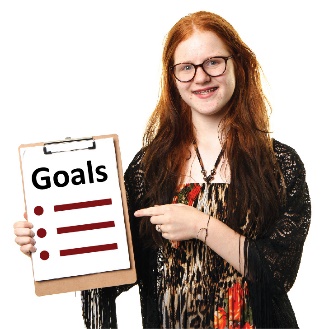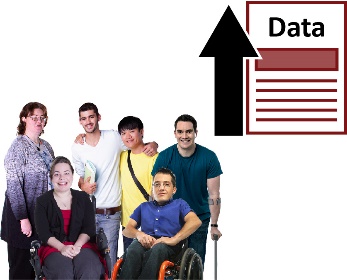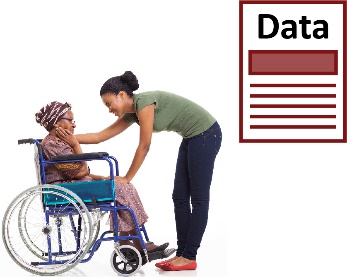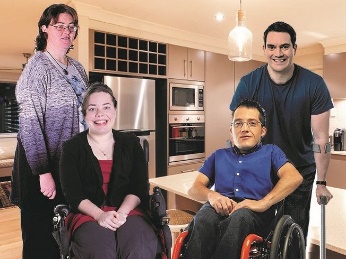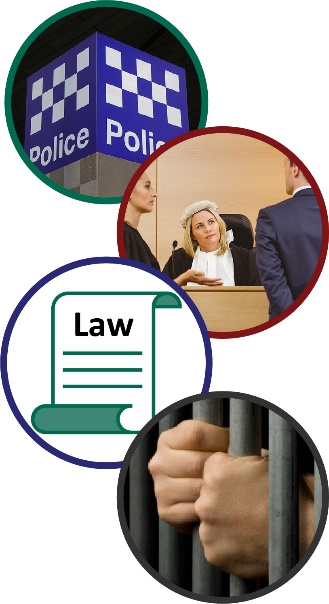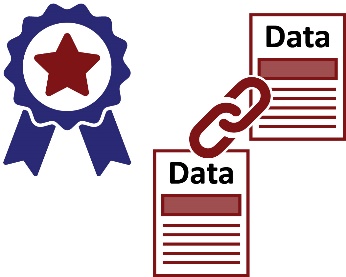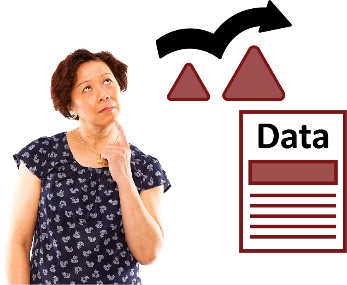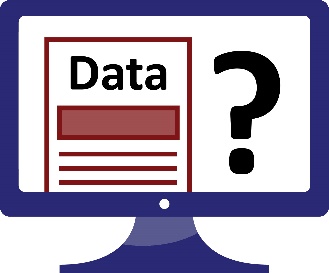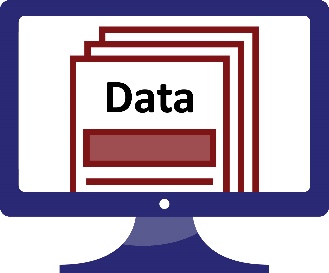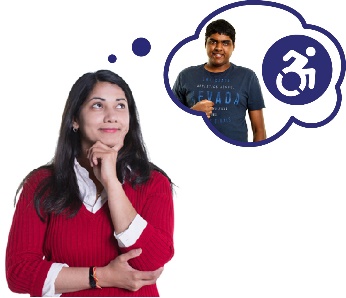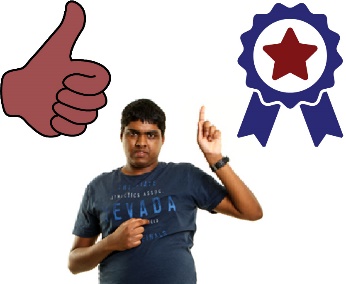What did we learn from the NDDA Pilot?
Important things that affect the NDDA
| We learned about important things that will affect the NDDA in the future. |
| We learned it can take at least 12 months for governments to:
|
| We also learned there are lots of steps that need to be done again each time data is used. |
| This is because it takes a long time to make a document that says it’s okay for people to share and link data. |
| This makes it hard for governments to:
|
| We learned we need different ways to get data about people with disability that everyone agrees with. |
| We learned we must work with people with disability to look at things that are important to them. |
We made a plan for how governments can support new ways to: | |
|
|
|
|
| We will share this plan when the NDDA is agreed between governments. |
Goals we reached
| We reached some important goals during the NDDA pilot. |
| For the first time, different governments shared more data about people with disability than ever before. |
| For the first time, we could get data about the services people with disability use. |
This includes: | |
|
|
|
|
|
|
|
|
| The justice system includes:
|
Testing different ways of getting data
| Each test case looked at different ways to:
| |
| This means we can work out how to make the ways we link data better. | |
| It also means organisations are more likely to say yes to our new way of:
| |
| We faced some challenges when we got different data from each test case. | |
| One of these challenges was how well our technology worked to:
| |
| This means we will need to make our technology better so it can handle lots of data. | |
| Using all types of data about people with disability gives us a good understanding of all people with disability. | |
| Each test case used a different way to tell if someone was a person with disability. | |
| This means we could look at the different ways to tell if someone was a person with disability and see what:
| |
What did we learn from the NDDA Pilot?
Important things that affect the NDDA
| We learned about important things that will affect the NDDA in the future. |
| We learned it can take at least 12 months for governments to:
|
| We also learned there are lots of steps that need to be done again each time data is used. |
| This is because it takes a long time to make a document that says it’s okay for people to share and link data. |
| This makes it hard for governments to:
|
| We learned we need different ways to get data about people with disability that everyone agrees with. |
| We learned we must work with people with disability to look at things that are important to them. |
We made a plan for how governments can support new ways to: | |
|
|
|
|
| We will share this plan when the NDDA is agreed between governments. |
Goals we reached
| We reached some important goals during the NDDA pilot. |
| For the first time, different governments shared more data about people with disability than ever before. |
| For the first time, we could get data about the services people with disability use. |
This includes: | |
|
|
|
|
|
|
|
|
| The justice system includes:
|
Testing different ways of getting data
| Each test case looked at different ways to:
| |
| This means we can work out how to make the ways we link data better. | |
| It also means organisations are more likely to say yes to our new way of:
| |
| We faced some challenges when we got different data from each test case. | |
| One of these challenges was how well our technology worked to:
| |
| This means we will need to make our technology better so it can handle lots of data. | |
| Using all types of data about people with disability gives us a good understanding of all people with disability. | |
| Each test case used a different way to tell if someone was a person with disability. | |
| This means we could look at the different ways to tell if someone was a person with disability and see what:
| |
